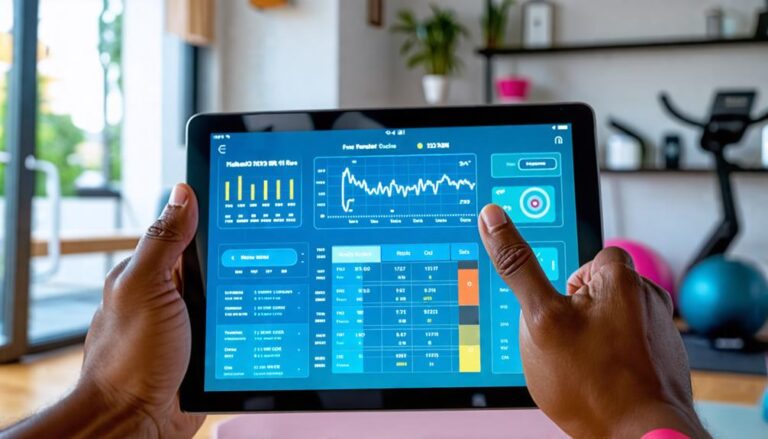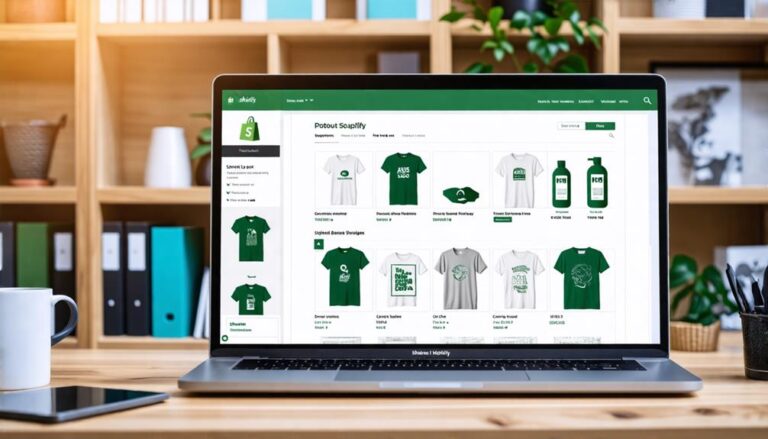Developing a fitness app with tracking features can be a lucrative side hustle if done correctly. To ensure your app stands out, you'll need to integrate automatic activity tracking through wearable devices, allowing users to monitor their progress seamlessly. Here's a step-by-step guide on how to implement this:
- Integration of Wearable Devices: Start by researching and selecting wearable devices that are compatible with your app. This could include popular options like Fitbit, Apple Watch, or Garmin. Use their APIs to pull in data such as steps taken, heart rate, and calories burned.
- Goal-Setting Features: Allow users to set personalized fitness goals. This could range from daily step counts to long-term weight loss targets. Ensure the app tracks progress against these goals and provides regular updates and motivational messages.
- Social Media Integration: Foster a sense of community and accountability by integrating social media features. Users should be able to share their achievements and progress on platforms like Facebook, Instagram, and Twitter. Consider adding a feature where users can form groups or challenges to compete against each other.
- Balancing Data Presentation with Simplicity: While it's important to provide detailed data, too much information can overwhelm users. Focus on presenting data in a clean, user-friendly interface. Use charts and graphs to make information digestible at a glance.
- Prioritizing Security and Compliance: Given the sensitive nature of health data, prioritize security. Use encryption to protect user data and ensure your app complies with regulations such as GDPR or HIPAA. Regularly update your privacy policy and inform users how their data is being used.
- Understanding User Behavior Through Data Analytics: To continually improve your app, use data analytics to understand user behavior and preferences. Key metrics to focus on include user retention rates, average session duration, and feature usage rates. These insights will help you identify what's working and what needs improvement.
By following these steps, you can create a fitness app that not only stands out but also provides real value to its users, ultimately turning your side hustle into a successful venture.
Designing User-Friendly Interfaces
When designing a side hustle management app with tracking features, you must strike a balance between presenting a wealth of data and avoiding a cluttered interface that can overwhelm users.
To achieve this balance, you'll need to carefully consider your app's color schemes and navigation patterns. A well-designed color scheme can help differentiate between various data sets, such as income, expenses, and project timelines. You can use contrasting colors to highlight important information, like a user's progress towards their monthly income target.
Effective navigation patterns are also essential for creating a user-friendly interface. You'll want to organize your app's features into logical categories, making it easy for users to find the information they need. Use intuitive icons and labels to help users navigate between screens, and consider implementing a bottom navigation bar to provide quick access to key features.
Essential Features for Fitness Tracking
To create an effective side hustle management app, you must include essential features that enable users to monitor and analyze their business activities, such as income tracking, expense logging, and profit margin monitoring.
You'll also want to incorporate goal-setting features that allow users to set and work towards specific objectives, such as reaching a certain income level or completing a challenging project. This will help keep users motivated and engaged with your app.
In addition to tracking features, you should also include functionality for progress sharing. This could include social media integration, allowing users to share their achievements with friends and family, or in-app communities where users can connect with others who share similar business goals.
By enabling progress sharing, you can create a sense of accountability and community within your app, which can be a powerful motivator for users.
Integrating Wearable Devices and Sensors
Seamless integration with wearable devices and sensors is crucial for fitness-related side hustles, as it enables the automatic tracking of clients' physical activities, such as steps taken, distance traveled, and calories burned, providing a more detailed picture of their fitness journey. By leveraging wearable technology, you can offer clients a more accurate and extensive view of their daily activities, thus enhancing the value of your services.
To guarantee accurate tracking for your side hustle, you need to consider sensor accuracy when integrating wearable devices. The following table highlights the importance of sensor accuracy in wearable devices:
| Wearable Device | Sensor Type | Accuracy Level |
|---|---|---|
| Smartwatch | Accelerometer | High |
| Fitness Tracker | Gyroscope | Medium |
| Smart Shoes | GPS | High |
| Activity Monitor | Heart Rate Sensor | Low |
Data Analytics for User Engagement
By leveraging the accurate tracking data from wearable devices and sensors, you can now analyze user behavior and preferences to create engaging side hustle experiences that drive long-term engagement and motivation.
As you collect data on user activity related to your side hustle, you'll identify trends and patterns that inform your strategic decisions. You can track engagement metrics, such as time spent on your service, frequency of use, and features that drive the most interaction.
With these insights, you can refine your offerings and user interface to better meet the needs of your clients or customers. For instance, if you notice users are dropping off at a certain point in the onboarding process, you can streamline the experience to reduce friction.
By making data-driven decisions, you can iterate and improve the overall user experience. This includes personalized recommendations, tailored services, and social sharing features that foster a sense of community.
Ensuring Security and Compliance
Ensuring Security and Compliance
Regularly reviewing and updating the security measures for your fitness app side hustle is essential to protect sensitive user data and guarantee compliance with relevant regulations. Implement robust security protocols to safeguard user data, such as encryption and secure authentication methods. This guarantees data privacy and prevents unauthorized access to sensitive information.
To guarantee compliance with regulatory standards for your side hustle, familiarize yourself with laws and regulations governing health and fitness apps, such as the Health Insurance Portability and Accountability Act (HIPAA). Conduct regular audits to verify your app's adherence to these standards. Update your security measures accordingly to address any vulnerabilities or weaknesses.
Implement a clear data governance policy for your side hustle, outlining data collection, storage, and usage procedures. Ensure transparency by providing users with information about data handling practices and obtaining explicit consent.
Stay informed about evolving regulatory requirements and best practices for data security. Continuously evaluate and refine your app's security measures to safeguard user data and maintain compliance.
Conclusion
As you finalize your fitness app side hustle, balance data presentation with simplicity. You're designing for users who need easily accessible information, not complex analyses.
Guarantee security and compliance by encrypting data and adhering to regulations. Integrate wearable devices seamlessly, prioritizing accurate data collection.
Foster engagement through goal-setting features and social sharing. Analyze user behavior to refine your app, emphasizing user experience and performance.
Effective app development in your side hustle involves equal attention to functionality, user engagement, and data protection.















































0
View comments